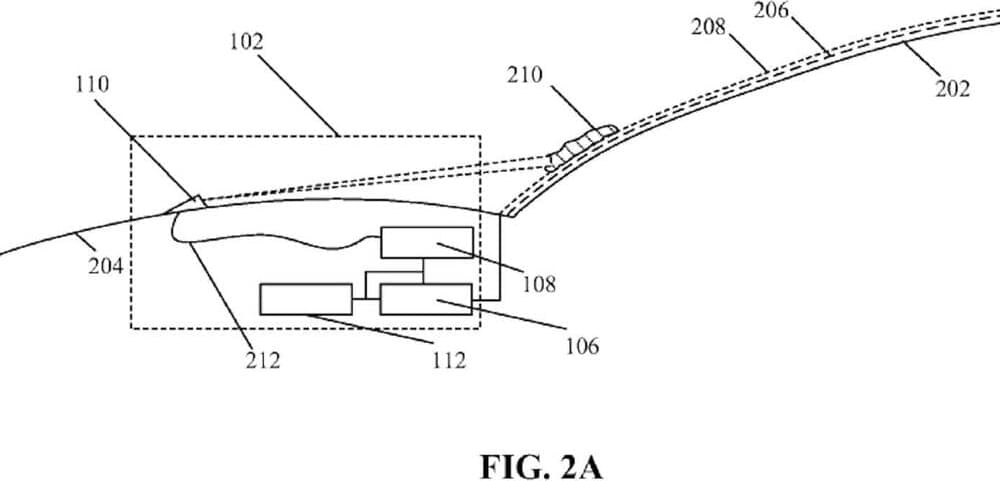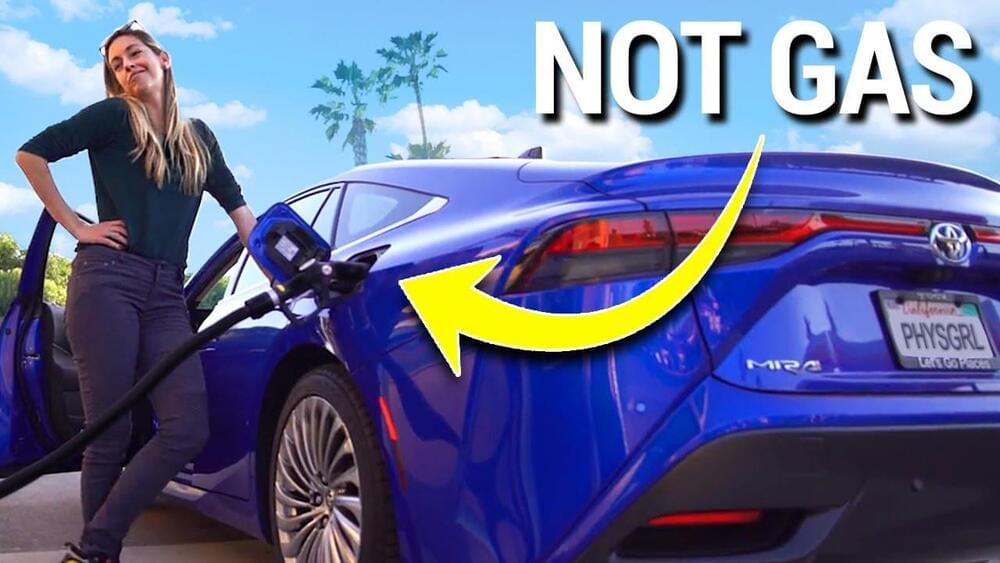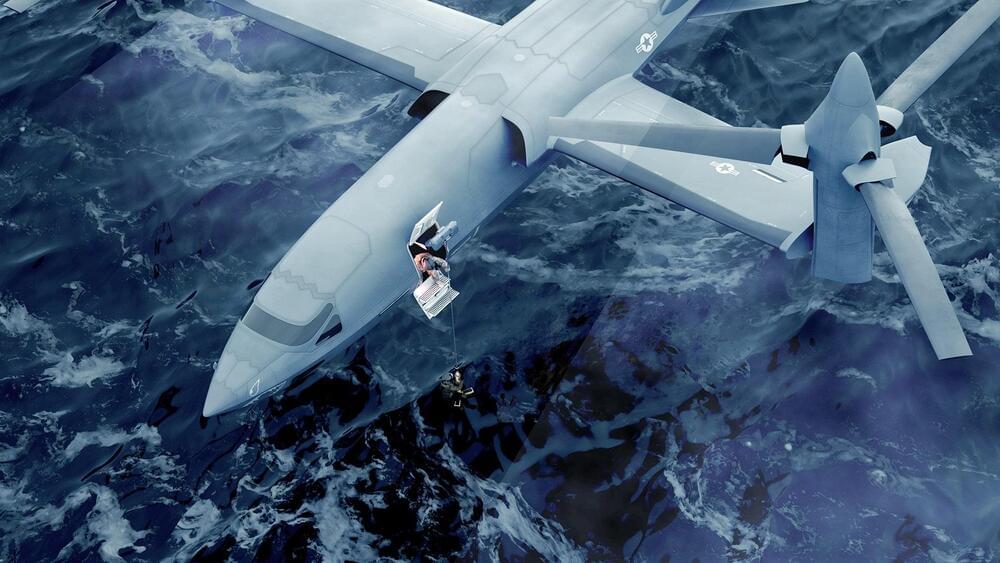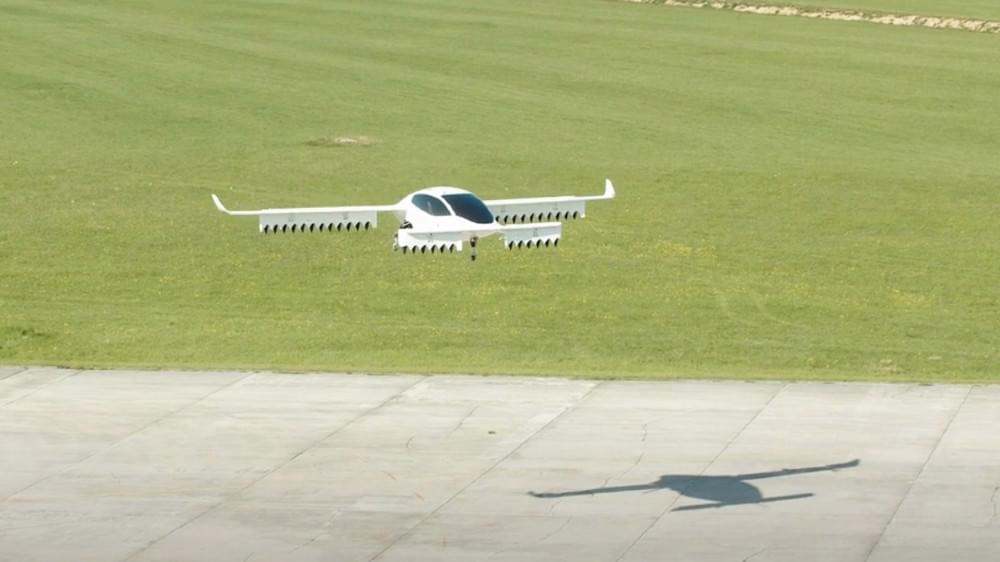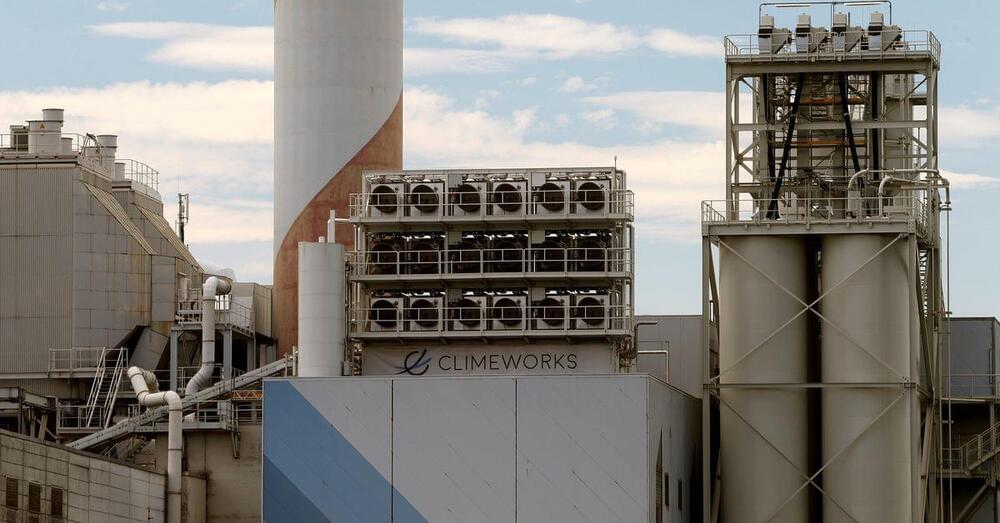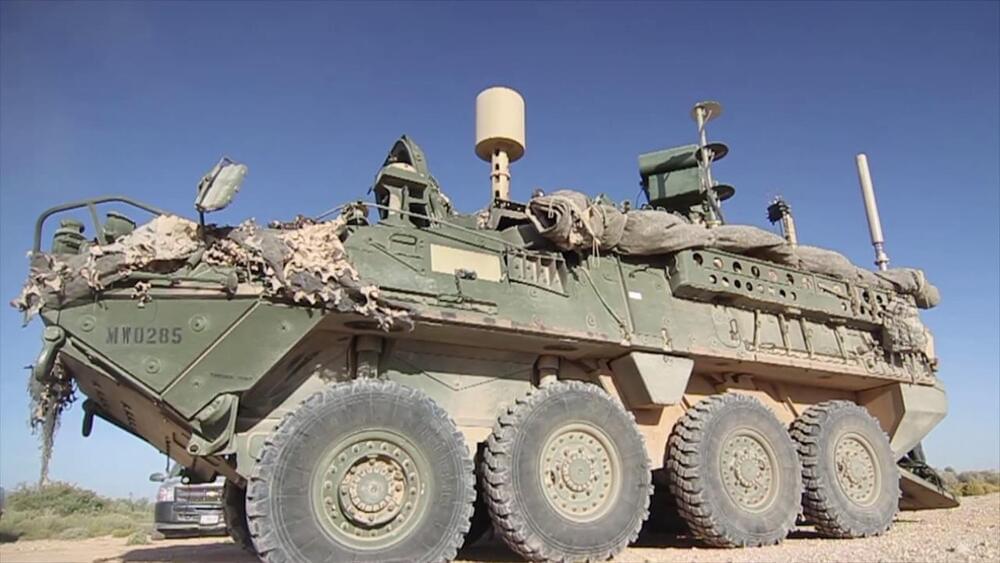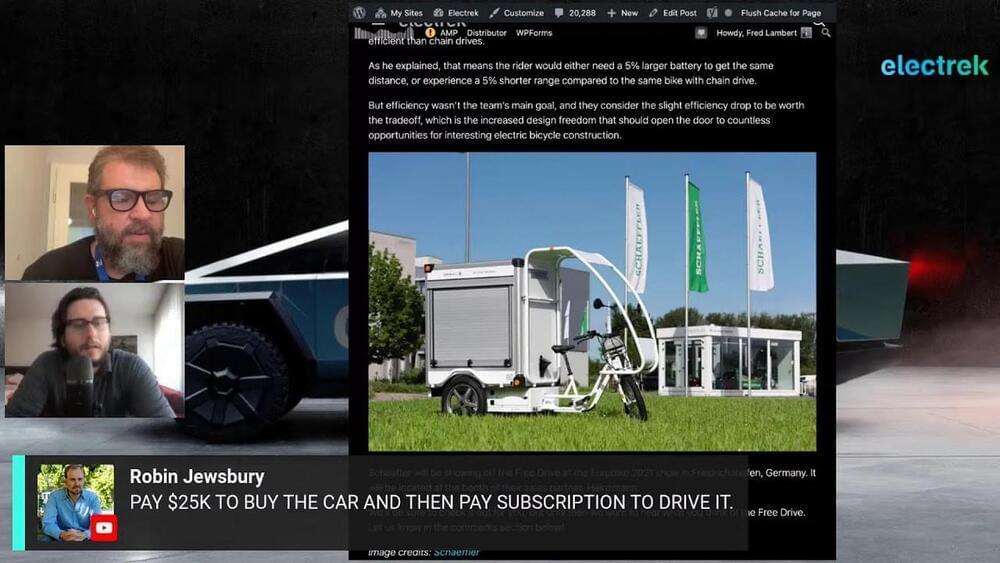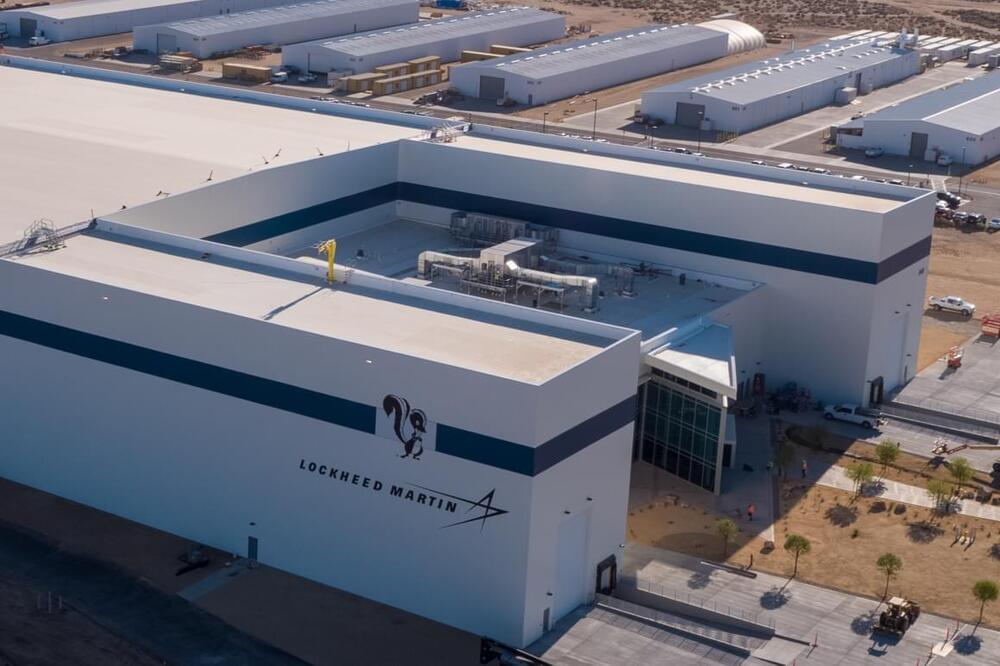Tesla may already have a lot of projects on its plate, but the company still appears to be exploring other projects for its product lineup in the future. Among these is a “Robo Van” that’s optimized to transport people with disabilities, among others.
References to the Tesla “Robo Van” were reportedly shared by CEO Elon Musk during the company’s recent all-hands meeting, according to individuals familiar with the topics covered in the event. Apart from the “Robo Van” being capable of transporting large numbers of people, Musk reportedly highlighted that the upcoming vehicle would be designed to address the needs of passengers with disabilities.
This suggests that the Tesla “Robo Van” would be optimized for easy ingress and egress, making it perfect for passengers who may have difficulty getting into conventional vehicles. Features such as active air suspension, similar to the one used in the Cybertruck, would be particularly useful for disabled passengers as well, as they would make it easier for items such as wheelchairs to be loaded and unloaded from the Tesla “Robo Van.”

